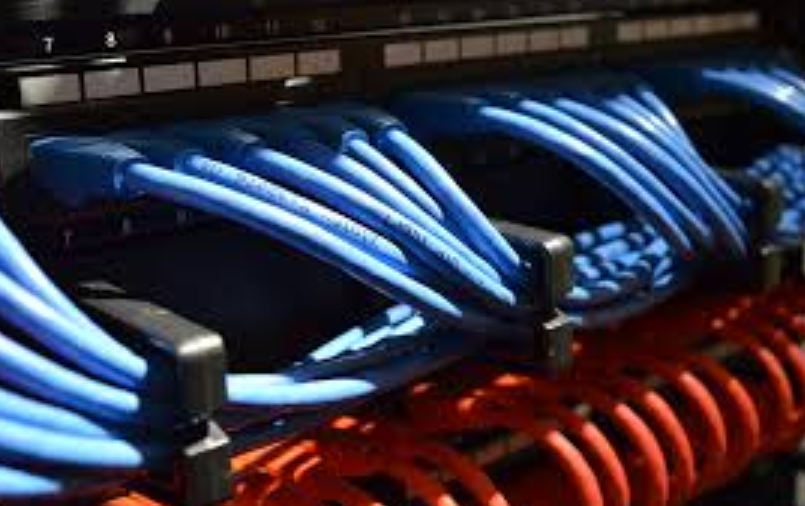The term structured cabling is like a buzzword in the world of cable management. It plays an important role in dealing with the complicated and specific wiring. As a data transmission system, the structured cabling supports data, multiple voices, video and various management systems such as security access and power system. What is structured cabling? This article discusses the importance of structured cabling and includes some tips for installing structured cabling— Learn More.
What is Structured Cabling?
What is structured cabling? Structured cabling is defined as a building or campus telecommunications cabling infrastructure. Typically, it consists of a number of standardized smaller elements. In a structured cabling system, there is a structure consisting of a series of patch panels and leads. It allows a connection from the hardware ports to a patch panel at the top of the rack. Subsequently, this patch field is connected via a trunk in the MDA with another patch panel. And the MDA (Main Distribution Area) is the main aspect of structured cabling. Here all MACs (Moves, Adds and Changes) can be executed with short patch cables.
In addition, a structured cabling system is specified by some standards such as TIA / EIA-568. These standards provide guidelines for designing, managing, and operating data centers.
Six subsystems of a structured cabling system
In general, there are six important subsystems of a structured cabling system:
Entrance Area
The input function includes the network demarcation point, cables, protection devices, connection hardware, and other devices connected to the customer’s local cabling.
Features Ceiling
The equipment room is a central location for housing equipment and wiring consolidation points. It usually serves users within the building or campus.
Telecommunications Room or Housing
Telecommunication room or housing should be closed. It is designed for the accommodation of telecommunication devices, cable connections, cross connections and distributors. In general, each building has at least one telecommunications room or telecommunications housing. The size of the telecommunications room or enclosure depends on the size of the service area.
Backbone Cabling
The backbone cabling is also called vertical cabling or wringing. It provides the connection between entrance systems, telecommunications rooms and technical rooms. Usually this type of wiring is done from floor to floor or even between buildings. The device should be connected with cables no longer than 30 m in length. In addition, the cables for the backbone cabling may be fiber optic, coaxial, unshielded twisted pair (UTP), and shielded twisted pair (STP).
Horizontal Cabling
The horizontal cabling refers to the wiring between the telecommunications information output in the work area and the horizontal cross-connection in the telecommunications room (TR) or in the telecommunications housing (TE). It contains the telecommunications socket, optional consolidation points, horizontal cables, mechanical connections, patch cords or jumper in TR or TE. This type of wiring usually runs over the ceiling or under the floor. In addition, both Ethernet cables and fiber optic cables are typically used for horizontal cabling.
Workspace
Workspace is a place where workspace components are used to connect end-user devices to communication outlets. The components of the workspace are also referred to as cable components, including patch cords, communication sockets, and station equipment.
Why Use Structured Cabling?
Unlike traditional point-to-point cabling systems, the structured cabling system can bypass the jungle of cabling and transmit more and more data at high rates. It plays an important role in the communication infrastructure. Here are some advantages:
Affordable – Structured Cabling is an organized simple cabling system. This can reduce power and maintenance costs and avoid spending money on finding and correcting them.
Reduce the risk of downtime – There is a high risk of human error when people manage the multiple, unorganized cabling structure. These errors can lead to data flow errors and network failures. The structured cabling is organized and easy to identify, reducing the risk of downtime.





